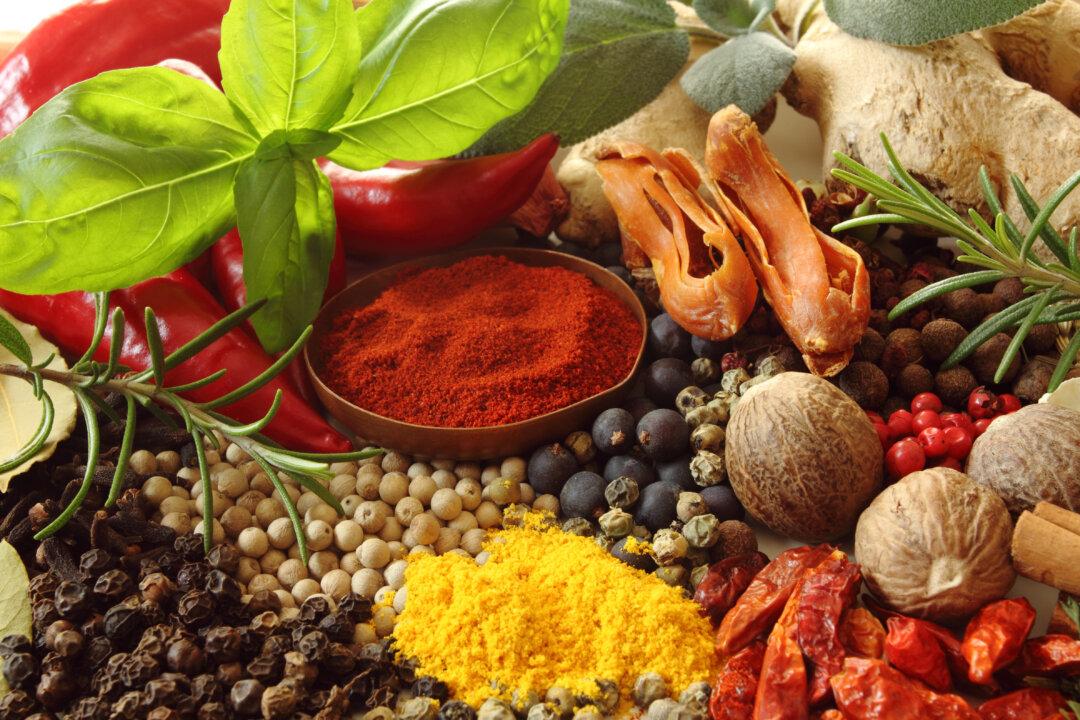Food has been the medicine of humanity since the dawn of time. Many herbs that we associate only with seasoning our food are, in fact, potent herbal medicines.
The distinction between herbal food and herbal medicine is actually quite subjective. There is a wide area of overlap with the two categories. If you think of all the plants we consume, for whatever purpose, as being on a spectrum, from food on one end, to medicine on the other, you will see what I mean. On the food end would be plants like potatoes and carrots- potentially medicinal, but mild and safe. The other end of the spectrum contains medicine plants like opium poppy and foxglove, the source of digitalis- definitely not food, but clearly serious medicine.




